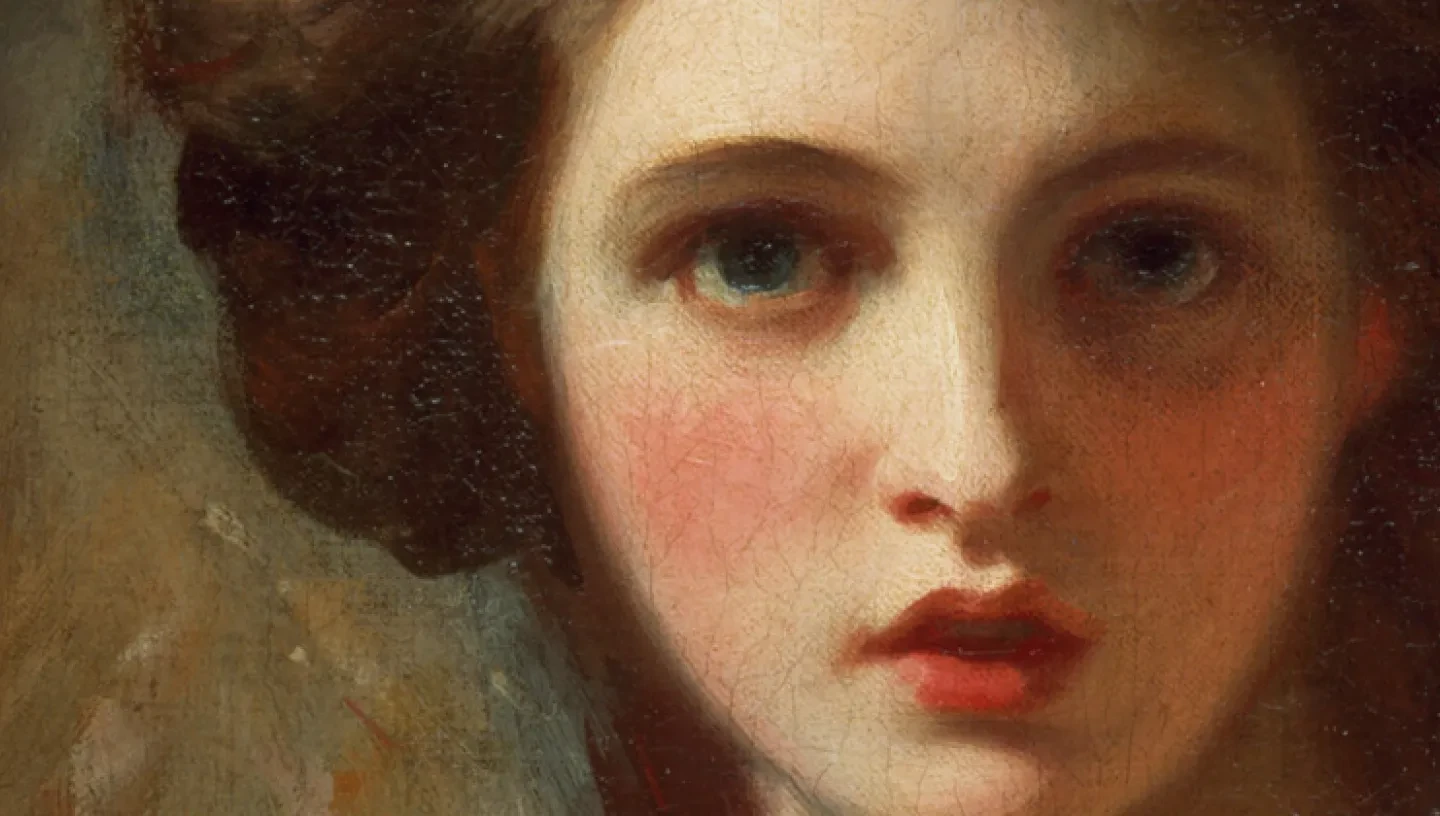
Emma’s end: debt, exile and defiance
When Emma, her husband Sir William Hamilton and her lover Lord Nelson returned to England, she must have seen the adoring crowds awaiting Nelson and the endless social invitations coming her way and thought that her future could be bright. By 1813, though, she would be reduced to living in debtors’ prison – a non-person to the many she had showered with lavish hospitality only a short while before.
The widow
While her passions were dedicated to Lord Nelson, Emma never lost her affection for her husband. At his death in 1803, Sir William left her a modest allowance that would have been sufficient for a comfortable life in the countryside, but was hopelessly inadequate for a bright star on the scene in London.
Life in the fast lane
The cost of being Emma, Lady Hamilton was huge. She wined and dined society’s most scandalous and high-living figures. She was present at fashionable events and dressed expensively. She also spent freely to turn the estate Nelson purchased in Merton into a country house worthy of their joint fame. She fell deeply into debt and would become increasingly so for the rest of her life.
Nelson himself was absent on naval duty for more than half of the six years they spent together. Their love affair, and the dreams they shared of a tranquil and domestic life at Merton, were sustained by the letters they exchanged.
England and Emma mourn a great hero
On the morning of the Battle of Trafalgar, Nelson wrote a codicil to his will imploring the British government to look after Emma as a mark of gratitude to him, and in recognition for her political services in Naples. However, his death on that day saw Emma’s world, so delicately constructed on credit, connections and charm, begin to unravel.
While the public happily celebrated ‘Emma and Nelson’, she was excluded from his lavish state funeral. Equally his plea for the state to give her ‘an ample provision to maintain her rank in life…’ was easily ignored. In contrast his elder brother William Nelson was awarded a lump sum of £100,000 to build a family mansion.
Paradise lost
The house in Merton was now hers and she had been left £2000 by Nelson. Her costs were vastly greater, however, as she struggled to maintain a position in society that was, in reality, becoming unreachable. Merton was eventually sold for a modest sum but her creditors soon claimed the spoils.
Emma also suffered the loss of her mother during these years, as well as two remaining benefactors, the banker Abraham Goldsmid and the Duke of Queensberry.
Debtors’ prison
Well-to-do debtors could purchase the right to live within the immediate area of the King’s Bench Prison for debtors – rather than in a dank cell – and Emma set up home in a house here following her prosecution for debt in 1813.
Reduced to selling off her most treasured belongings and her mementoes of life with Nelson, she briefly left the prison only to be publicly arrested again and returned to the ‘Rules’ as the area around the prison was known.
In 1814 her reputation suffered a mortal blow when Nelson’s letters to her were published. She proclaimed that she had no involvement with their publication, but few believed her. Her last remaining friends hatched a plan to sell what little she had left of value, and spirit her out of the country once she was released from prison, before another debtor could send her back there.
Exile, illness and death
For a while she lived in some style in Calais before money ran short and she then moved to a farmhouse nearby. Her health worsened, however, and she and her daughter Horatia were forced to move back into town but this time to humble lodgings.
Agony dulled by laudanum and alcohol, her last days were a far cry from her dazzling peak, and a sad end to a life lived with such style, passion and verve. Six months after leaving London for the last time, Emma was dead.
Emma Hamilton: Seduction and Celebrity
Emma Hamilton is the subject of a major exhibition at the National Maritime Museum. See the story of her life unfold through over 200 paintings and objects.
★★★★★ The Guardian
★★★★ Time Out
Featured image:
Emma Hart as Circe (detail); George Romney © Tate, London 2016